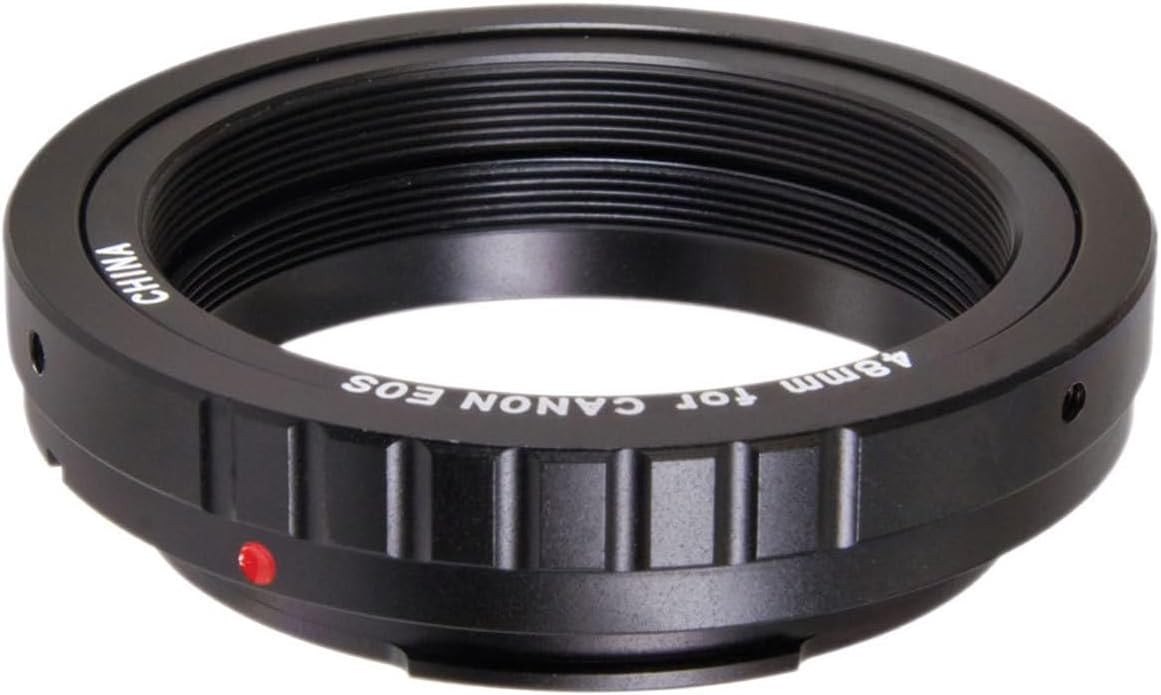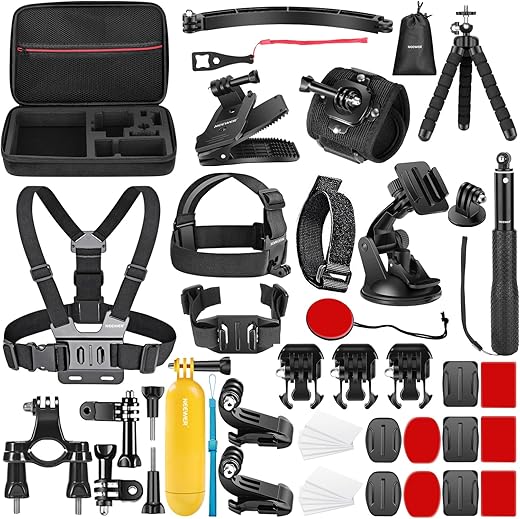
Are polarized ski goggles worth the investment?
Are you an avid skier seeking the perfect gear to enhance your experience on the slopes? If so, you may have come across the debate surrounding polarized ski goggles. Are they truly worth the investment? Well, look no further. In this blog post, we dive into the world of polarized ski goggles and explore whether they live up to their promises. We understand the importance of finding the optimal gear, and that’s why we’re here to provide you with an overview of ski goggles and their purpose in skiing. So, let’s put on our goggles and hit the slopes to uncover the truth about polarized ski goggles.
Stay stylish and protected on the slopes with these top-selling ski goggles




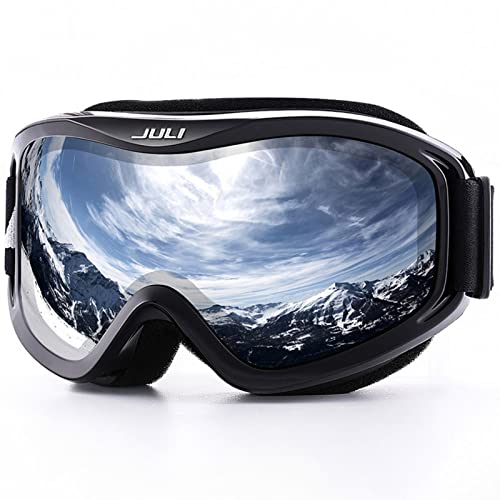

What are polarized ski goggles?
When hitting the slopes, having the right gear is crucial for a comfortable and enjoyable skiing experience. One essential item that every skier should invest in is a pair of ski goggles. Among the various options available, polarized ski goggles have gained popularity for their ability to enhance vision and reduce glare. In this blog post, we will dive into what exactly polarized ski goggles are and how they differ from regular ski goggles. We will also highlight the benefits of using polarized lenses, helping you make an informed decision when it comes to choosing the perfect pair for your next skiing adventure.

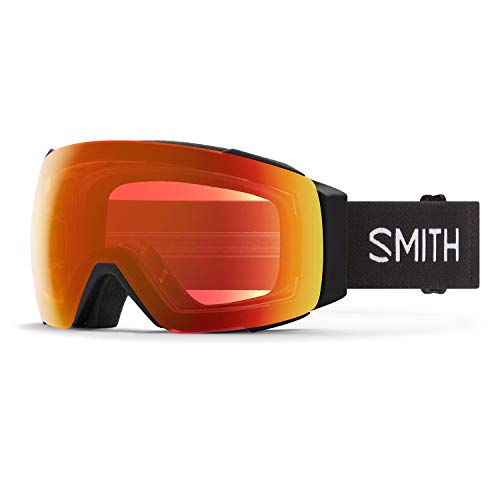
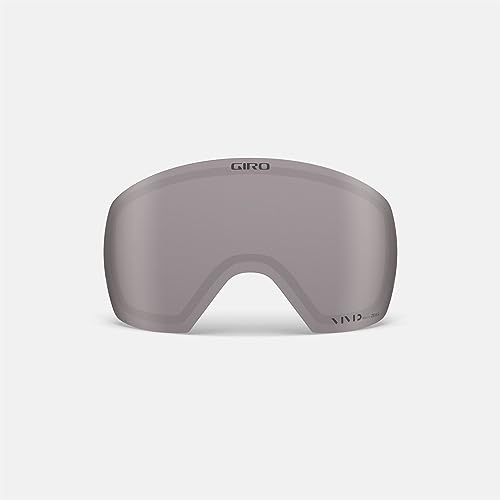
How do Polarized Ski Goggles Differ?
Regular ski goggles, just like sunglasses, provide protection against harmful UV rays and snow glare. However, polarized ski goggles offer an additional advantage. They feature specialized lenses that are designed to filter out horizontal light waves, reducing glare and improving overall clarity. This unique construction sets them apart from regular ski goggles in the following ways:
1. Optical Quality
- Polarized ski goggles are manufactured using high-quality materials and advanced lens technologies, ensuring excellent optical clarity.
- Regular ski goggles may vary in lens quality, often resulting in lower clarity levels.
2. Glare Reduction
- Polarized lenses significantly reduce glare by blocking horizontal light waves that bounce off surfaces such as snow and ice.
- Regular ski goggles, although providing some level of glare reduction, do not offer the same degree of effectiveness as polarized lenses.
3. Color Definition
- Polarized ski goggles enhance color definition and depth perception, enabling you to distinguish terrain variations and ski safely.
- Regular ski goggles may slightly alter color perception due to their different lens coatings.
4. Light Transmission
- Polarized ski goggles allow for better light transmission, making it easier to see obstacles and changes in terrain.
- Regular ski goggles may sometimes obstruct a small amount of light, resulting in reduced visibility.
Benefits of Polarized Ski Goggles
Now that we understand how polarized ski goggles differ from regular ones, let’s explore the numerous benefits they offer:
- Glare Reduction: The primary advantage of polarized ski goggles is their ability to block out intense glare caused by the sun’s reflection on snow, ice, or water. This improves visibility and minimizes eye strain.
- Enhanced Visual Clarity: By eliminating glare and increasing contrast, polarized lenses provide superior visual clarity. They allow you to see nuances in the snow, making it easier to navigate the slopes.
- Reduced Eye Fatigue: Skiing for long periods can strain your eyes. Polarized ski goggles help reduce eye fatigue by filtering out bright light and minimizing the need to squint.
- Improved Safety: Clear vision is essential for skiing safely. Polarized ski goggles enhance visibility, making it easier to spot potential hazards such as bumps, ice patches, and changes in terrain.
- Versatility: Polarized ski goggles can be used in various weather conditions, from bright, sunny days to overcast or snowy weather. Their versatility allows them to adapt to different lighting conditions and maintain optimal vision.
Choosing the Right Pair
When selecting polarized ski goggles, keep in mind factors such as fit, lens tint, and overall comfort. Additionally, consider the specific conditions you will be skiing in and choose a lens color that best suits those conditions. Green or gray lenses provide a good all-around option, while yellow or rose lenses excel in low-light or foggy situations.
Now armed with knowledge about polarized ski goggles, you can make an educated decision and ensure your eyes are both protected and optimized for peak performance on the slopes. So, gear up with a pair of polarized ski goggles and enjoy a more enjoyable and visually enhanced skiing experience!
Advantages of polarized ski goggles
When it comes to skiing, having the right equipment is essential to ensure an enjoyable and safe experience on the slopes. One crucial piece of gear that often gets overlooked is a good pair of ski goggles. While there are various types available, investing in polarized ski goggles can offer significant advantages. In this section, we will explore the benefits of polarized lenses for skiing, including enhanced contrast, reduced eye strain, improved depth perception, and their relevance in different weather conditions.

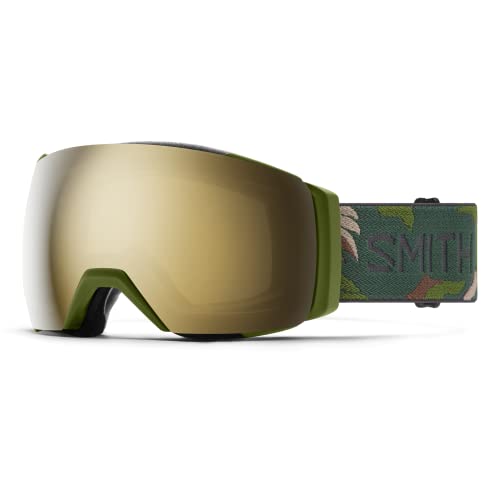
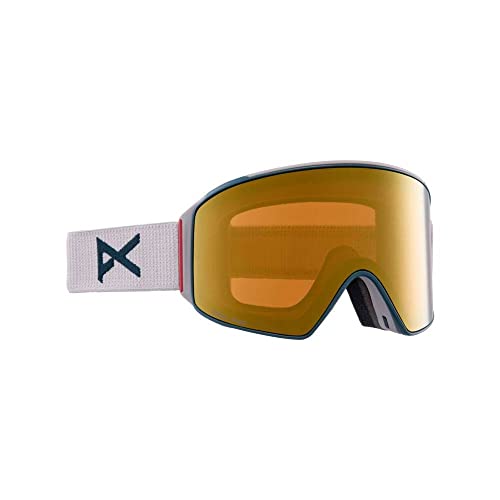
Enhanced Contrast
One of the primary advantages of polarized ski goggles is their ability to enhance contrast. The polarization technology filters out horizontal light waves that cause glare, resulting in a sharper and more defined view of the surrounding environment. Here’s how polarized lenses enhance contrast:
- Eliminate glare: Polarized goggles effectively eliminate glare from flat surfaces, such as snow and ice, ensuring clear and undistorted vision.
- Crisper definition: By reducing reflected light, polarized lenses provide crisper definition, allowing skiers to distinguish between textures and objects more easily.
Reduced Eye Strain
Another advantage of polarized ski goggles is their ability to reduce eye strain. Spending hours on the slopes exposes your eyes to intense light and glare, which can be exhausting. Polarized lenses help combat eye strain in the following ways:
- Diminished squinting: The polarization technology minimizes the need to squint, as it effectively reduces glare, allowing your eyes to relax and focus on the actual skiing.
- Increased comfort: By reducing eye strain, polarized goggles provide a higher level of comfort, even during extended periods of skiing.
Improved Depth Perception
Depth perception is crucial when navigating the slopes and judging distances accurately. Polarized ski goggles offer improved depth perception, which enhances your skiing experience in several ways:
- Better terrain recognition: By enhancing contrast and reducing glare, polarized lenses allow skiers to perceive terrain changes accurately, such as bumps, moguls, or hazardous patches of ice.
- Enhanced three-dimensional view: The improved depth perception provided by polarized goggles allows skiers to better judge distances, improving their ability to react to obstacles and other skiers on the slopes.
Relevance in Different Weather Conditions
A significant advantage of polarized ski goggles is their suitability for various weather conditions. Whether it’s a sunny day, overcast skies, or even snowy conditions, polarized lenses offer versatile benefits:
- Sunny days: On bright and sunny days, polarized goggles reduce the intensity of glare, protect against harmful UV rays, and provide superior vision clarity.
- Overcast days: Even in overcast conditions, polarized lenses can enhance contrast, making it easier to navigate flat light and subtle changes in terrain.
- Snowy conditions: Polarized ski goggles are beneficial in snowy conditions as they minimize snow glare, allowing skiers to see the slopes more clearly and reducing eyestrain.
Considerations before investing
When it comes to skiing or snowboarding, having the right gear can make all the difference in your experience on the slopes. One essential piece of equipment that often gets overlooked is a good pair of ski goggles. Not only do they protect your eyes from the elements, but they also enhance visibility and improve overall performance. In this blog post, we will discuss the factors to consider before investing in polarized ski goggles to help you make an informed decision.
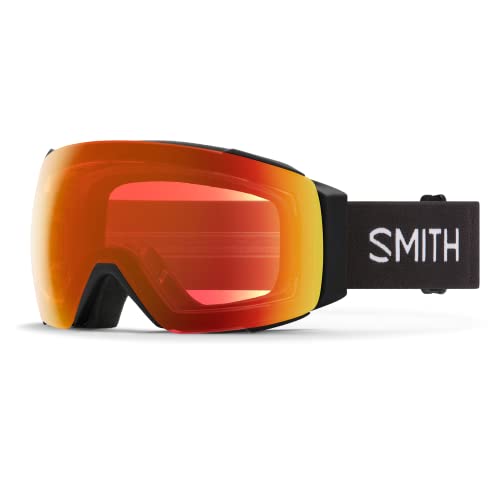
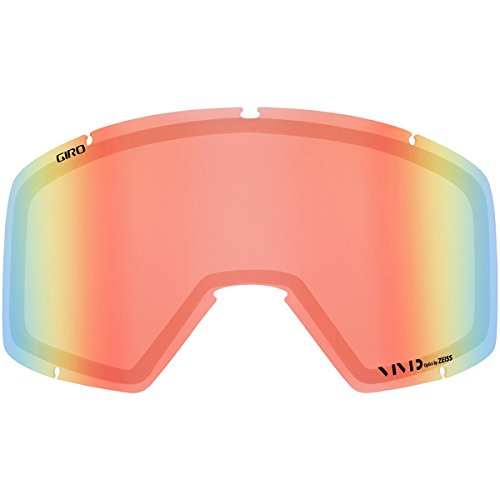
Cost
One of the most important considerations when buying polarized ski goggles is the cost. While you might be tempted to go for a cheaper option, it’s crucial to invest in a high-quality pair that offers the necessary features and protection. Remember, your eyes are priceless and deserve the best!
- Quality polarized ski goggles can range anywhere from $50 to $200.
- Cheaper goggles may not provide the same level of clarity and durability as more expensive ones.
- Expensive goggles may offer advanced features such as anti-fog coating and interchangeable lenses.
Compatibility with Helmets
Another crucial factor to consider is the compatibility of your ski goggles with different helmet designs. You want to ensure a comfortable and secure fit, without any gaps or pressure points.
- Look for ski goggles that have a flexible frame and adjustable straps to accommodate various helmet sizes and shapes.
- Some goggles may come with a specific helmet integration system, offering a seamless fit between the goggles and helmet.
- It’s always a good idea to try on the goggles with your helmet to ensure a proper fit before making a purchase.
Lens Color Options
Polarized ski goggles come in a range of lens color options, each offering unique benefits in different lighting conditions. Choosing the right lens color can significantly enhance your visibility on the slopes.
- Yellow/Amber lenses enhance contrast in low-light or overcast conditions, making them ideal for skiing on cloudy days or during snowstorms.
- Rose/Pink lenses excel in flat light conditions, improving depth perception and reducing strain on the eyes.
- Dark/Black lenses are perfect for bright, sunny days, as they reduce glare and provide maximum protection from harmful UV rays.
Personal Preferences
Personal preferences play a significant role when choosing polarized ski goggles. Factors such as frame design, style, and the overall fit can greatly impact your comfort and satisfaction.
- Some goggles offer a wide peripheral vision, allowing you to see more of your surroundings.
- Others may have a larger lens size, providing a better field of view.
- Consider whether you prefer a frameless or framed design, as well as the comfort of the padding and ventilation system.
Drawbacks of Polarized Lenses
While polarized lenses offer numerous benefits, they may not be suitable for every situation. It’s essential to be aware of potential drawbacks to make an informed decision.
- Polarized lenses can make it challenging to read information on digital screens, such as ski resort maps or smartphone displays.
- Some skiers may experience slight distortion or shimmering effects when viewing icy or wet surfaces.
- The polarization can also affect depth perception, which might be a concern for some individuals.
In conclusion, purchasing polarized ski goggles requires careful consideration of factors such as cost, helmet compatibility, lens color options, personal preferences, and potential drawbacks. By understanding these aspects and making an informed decision, you can ensure maximum comfort, protection, and enhanced performance on the slopes. So, go ahead and invest in a pair of high-quality polarized ski goggles to make the most of your winter adventures!
Expert opinions and user experiences
In our quest to provide you with a comprehensive view on polarized ski goggles, we believe it is important to gather expert opinions and tap into the experiences of regular skiers. By delving into reviews, testimonials, and recommendations from ski professionals as well as everyday enthusiasts, we aim to present you with a well-rounded perspective, allowing you to make an informed decision.

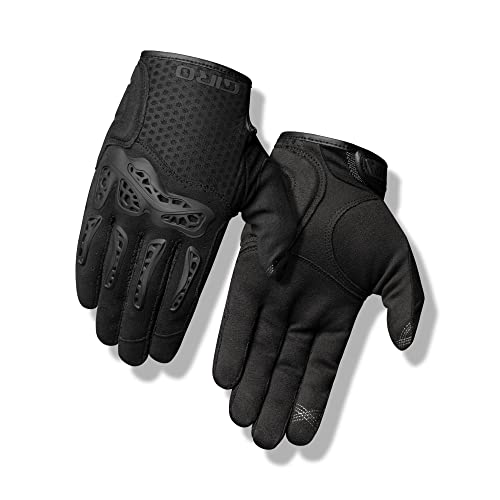
Reviews from Ski Professionals
1. World-Class Skiers’ Preferences
- Lindsey Vonn, Mikaela Shiffrin, and other world-class skiers unanimously prefer polarized ski goggles for enhanced visibility on the slopes.
- Professional skiers appreciate how polarized goggles minimize glare and improve contrast, allowing them to perform at their best.
2. Ski Instructors’ Recommendations
- Ski instructors highly recommend polarized ski goggles for beginners and advanced skiers alike due to their ability to enhance visibility in various weather conditions.
- With polarized lenses, instructors find it easier to analyze their students’ form and provide real-time feedback for skill improvement.
3. Ski Equipment Experts’ Insights
- Ski equipment experts highlight the importance of protecting your eyes from harmful UV rays and intense glare while skiing.
- Polarized ski goggles not only provide unparalleled vision but also shield your eyes from potential damage caused by the sun’s rays and glare reflected off snow.
Testimonials from Regular Skiers
1. Enhanced Vision and Reduced Eye Fatigue
- Many skiers praise polarized ski goggles for their ability to enhance visibility, allowing them to navigate slopes with greater ease.
- Users reported less eye strain and fatigue during extended ski sessions, enabling longer hours on the mountain.
2. Effective Glare Reduction
- Testimonials often mention the significant reduction in glare when wearing polarized goggles compared to non-polarized options.
- Skiers appreciate clear vision even in bright sunny conditions or when snow reflects intense sunlight.
3. Versatility for Different Weather Conditions
- Ski enthusiasts laud polarized ski goggles for their versatility across different weather conditions.
- Whether it’s bright sunlight, overcast skies, or low-light conditions, users feel confident in their vision clarity when wearing polarized goggles.
Comparing Polarized Ski Goggles
To assist you in understanding the key benefits of polarized ski goggles, let’s look at a comparison table:
| Features | Polarized Ski Goggles | Non-Polarized Ski Goggles |
|---|---|---|
| Glare Reduction | ✓ | ✗ |
| Enhanced Visibility | ✓ | ✗ |
| UV Protection | ✓ | ✗ |
| Versatility | ✓ | ✗ |
| Eye Fatigue Relief | ✓ | ✗ |
Final Thoughts
When it comes to choosing the right ski goggles, the combination of expert opinions and user experiences can guide your decision effectively. Professional skiers prefer polarized ski goggles for their enhanced vision and glare reduction capabilities. Regular skiers highlight benefits such as reduced eye fatigue, improved visibility, and versatility across different weather conditions. By considering the experiences and recommendations of both experts and users, you can find the perfect pair of polarized ski goggles to enhance your skiing adventures.
Final Verdict: Are polarized ski goggles really worth the money?
In conclusion, the decision to invest in polarized ski goggles depends on individual needs and preferences. While the advantages of these goggles in terms of reducing glare and enhancing visibility are evident, budget and frequency of skiing should also be considered. For avid skiers who encounter bright conditions regularly, it is worth the investment. However, occasional skiers or those on a tight budget may find regular ski goggles to be sufficient. Ultimately, the choice should be based on personal circumstances and the importance placed on improved vision and comfort while skiing.


